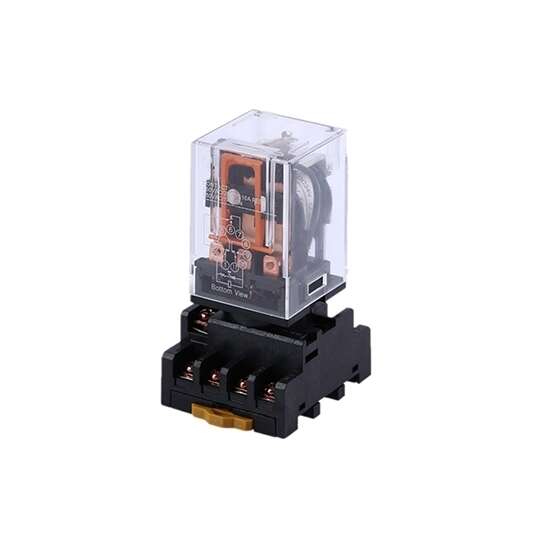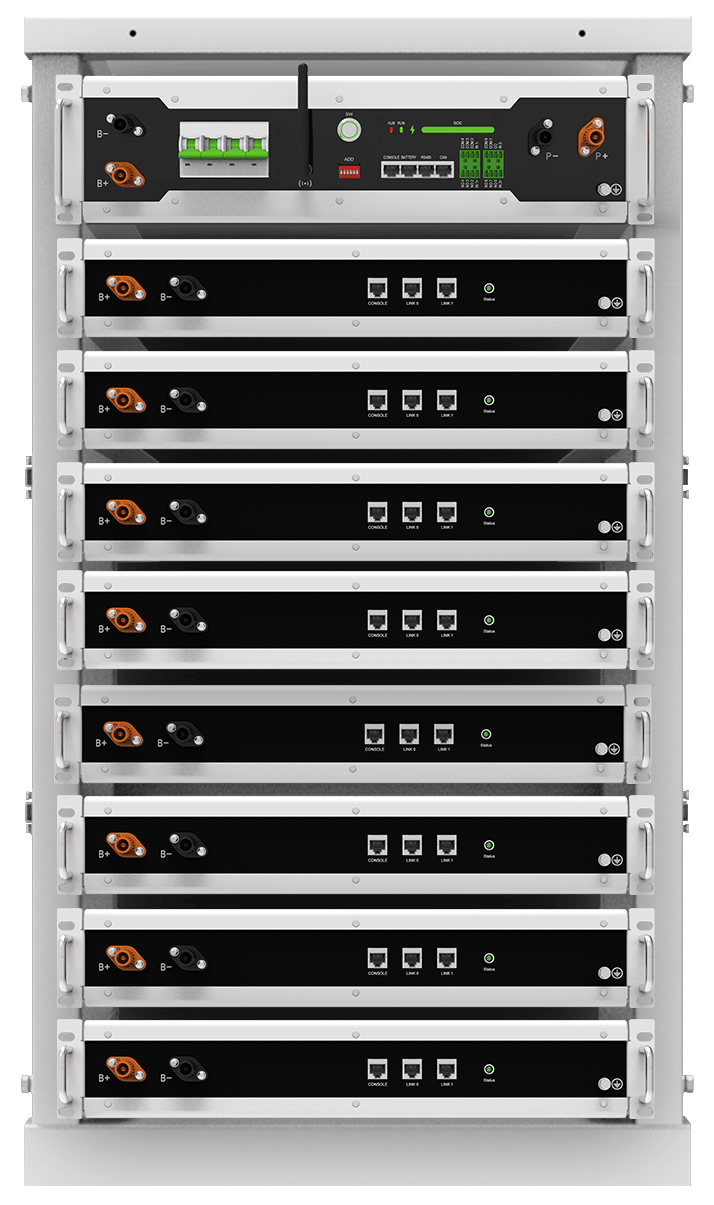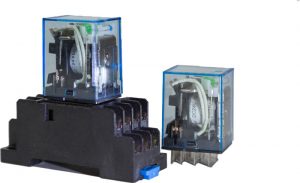In the realm of electrical engineering and automation, solid state and relay outputs play pivotal roles in controlling various devices and systems. Understanding the differences between these two output types is crucial for professionals in the field. This article aims to shed light on the disparities and applications of solid state and relay outputs, providing a comprehensive understanding of their functionalities and benefits.
- Definition and Working Principles:
Solid state outputs, also known as solid state relays (SSRs), are electronic switching devices that utilize semiconductor components, such as thyristors or triacs, to control electrical loads. On the other hand, relay outputs employ electromechanical relays, which consist of a coil and a set of contacts, to switch electrical currents. - Speed and Response Time:
One of the key distinctions between solid state and relay outputs lies in their speed and response time. Solid state outputs excel in this aspect, offering rapid switching capabilities with response times in the microseconds range. Conversely, relay outputs exhibit slower response times due to the mechanical nature of their operation, typically ranging from milliseconds to seconds. - Durability and Reliability:
Solid state outputs boast exceptional durability and reliability due to the absence of moving parts. This characteristic makes them highly resistant to mechanical wear and tear, ensuring prolonged operation in demanding environments. Relay outputs, although reliable in many applications, are more susceptible to mechanical failures over time due to the physical contacts involved in their operation. - Electrical Isolation:
Solid state outputs provide electrical isolation between the control circuit and the load circuit, preventing any potential interference or voltage spikes from affecting the control system. This isolation is achieved through optocouplers or transformers integrated within the solid state relay. In contrast, relay outputs do not inherently offer electrical isolation, requiring additional components or circuitry to achieve the same level of protection. - Load Compatibility:
Solid state outputs are well-suited for controlling resistive and inductive loads, making them ideal for applications such as heating elements, motors, and solenoids. They can handle high current and voltage levels, ensuring efficient and precise control. Relay outputs, on the other hand, are versatile and can handle a wide range of loads, including capacitive and inductive loads. This versatility makes relay outputs suitable for various applications, from lighting control to motor control. - Noise and EMI Considerations:
Solid state outputs generate minimal noise and electromagnetic interference (EMI) during operation, making them suitable for sensitive applications where EMI can cause disruptions or malfunctions. Relay outputs, however, may produce audible clicks and generate EMI due to the mechanical switching action, requiring additional measures to mitigate these effects.
Conclusion:
In summary, solid state and relay outputs offer distinct advantages and are suitable for different applications. Solid state outputs excel in speed, durability, and electrical isolation, while relay outputs provide versatility and compatibility with various load types. Understanding these differences empowers engineers and technicians to make informed decisions when selecting the appropriate output type for their specific requirements, ensuring optimal performance and reliability in their systems.








+ There are no comments
Add yours